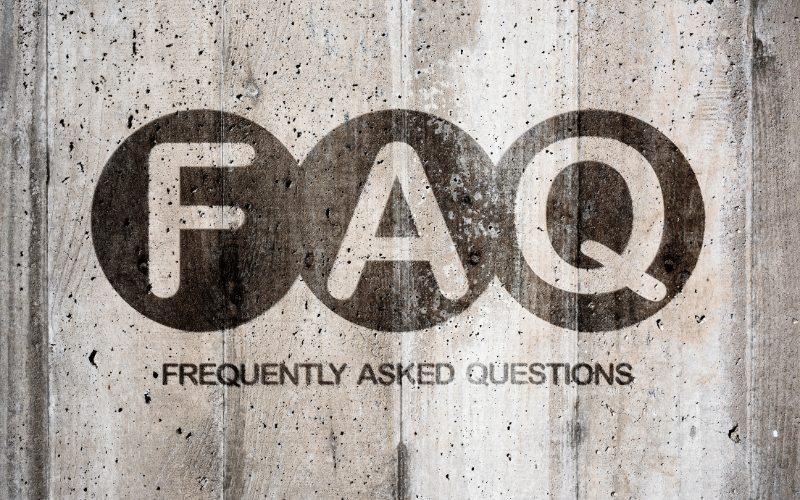Frequently Asked Questions about Charcot Marie Tooth Disease (CMT)

1. What exactly is Charcot Marie Tooth Disease (CMT)?
CMT is a hereditary neurological disorder that predominantly affects the peripheral nerves. These nerves are responsible for transmitting sensory and motor signals between the brain and the muscles. When affected by CMT, nerve signals are weakened, leading to muscle wasting, loss of sensation, and other related symptoms.
2. How is CMT diagnosed?
Diagnosing CMT typically involves a combination of clinical examinations, family medical history, nerve conduction studies, and genetic testing. A neurologist will often check for muscle strength, tendon reflexes, and any apparent deformities. Genetic testing can confirm the presence of mutations known to cause CMT.
3. Can CMT be cured?
As of now, there isn’t a cure for CMT. However, treatments are available to manage and alleviate symptoms. Physical therapy, orthopedic devices, medications, and even surgical interventions can assist in improving the quality of life for individuals with CMT.
4. Is CMT a type of muscular dystrophy?
While CMT and muscular dystrophies both involve muscle weakness, they are distinct conditions. CMT primarily affects the peripheral nerves, while muscular dystrophies are a group of diseases that cause progressive weakness and loss of muscle mass due to problems with the formation of muscle proteins.
5. How common is CMT, and can it be prevented?
CMT is one of the most common inherited neurological disorders, affecting about 1 in 2,500 individuals. Since it’s a genetic disorder, it cannot be prevented per se. However, genetic counseling can offer insights into the risks of passing the condition onto offspring.
Conclusion: Reflecting on the Journey with CMT
Charcot Marie Tooth Disease, while genetically inherited, manifests uniquely in every individual. Its tapestry of symptoms – from muscle weakness and sensory alterations to unexpected challenges like cold intolerance or hearing impairments – paints a picture of the multifaceted challenges those diagnosed with CMT face daily. Yet, amidst these challenges, tales of resilience, adaptability, and unwavering spirit emerge. The journey with CMT is undeniably demanding, but it also showcases the sheer strength of the human spirit, even in the face of adversity.
It’s crucial, as we advance in our understanding and awareness of CMT, to spotlight both the clinical aspects and the personal narratives. Every story, every experience, adds depth to our collective knowledge, paving the way for enhanced treatments and interventions. By intertwining the medical with the personal, we can hope for a world where CMT is not just understood but also empathetically supported. This journey, while filled with challenges, holds the promise of progress, support, and a brighter tomorrow.